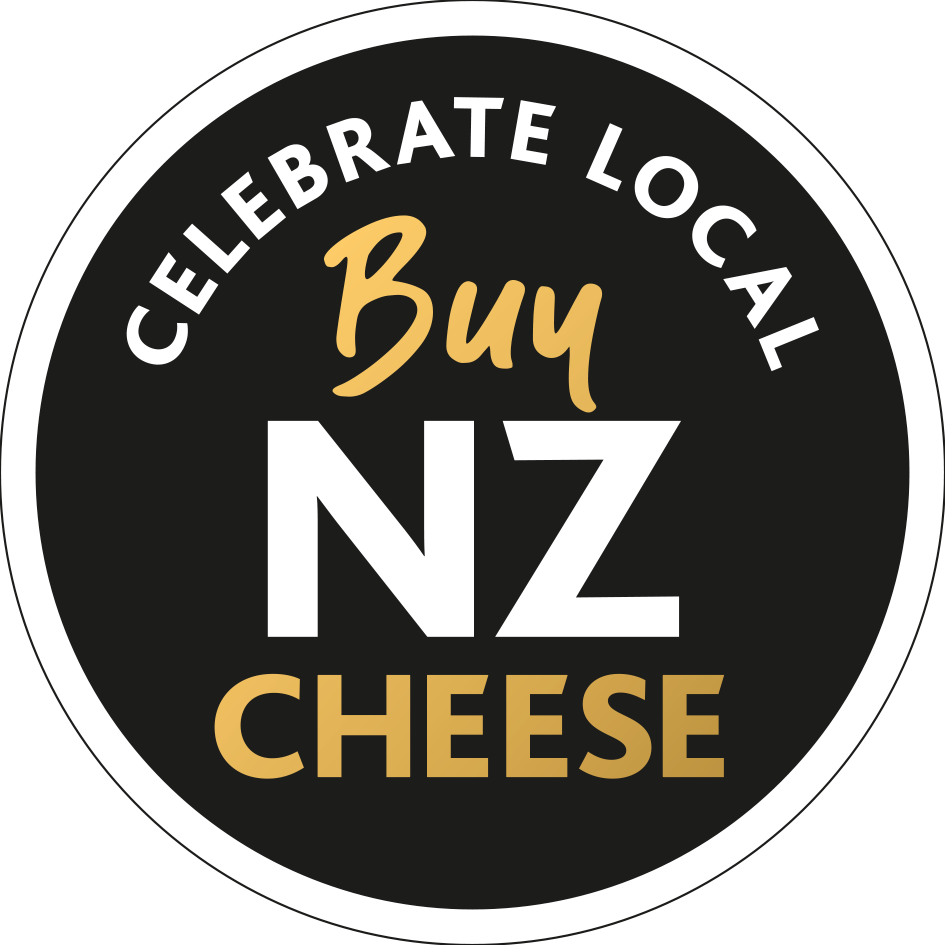
NZ Cheesemaking History
With thanks to NZSCA Life Member, Dianne Kenderdine for supplying this information, which has been updated since its publication in 2006.
The first milk producing animals in New Zealand were the cattle introduced into the country in 1814 by Reverend Samuel Marsden to enable the missionaries to be self-sufficient for supplies of milk, butter, cheese and meat. The early colonialists quickly realised that their future was dependent on the dairy cow. In 1846 New Zealand export its first cheese consignment to Sydney.
European colonisation of New Zealand coincided with the global industrialisation of cheese manufacturing. The first Aotearoa/New Zealand dairy factory was established on the Otago Peninsula in 1871. Kiwi cheesemakers – as well as others around the world - are indebted to Joseph Harding of Somerset who systemised the manufacture of Cheddar in the United Kingdom in the mid-1800s. He not only left his mark as a cheesemaker, teacher and writer on the subject he also left a large family of excellent cheesemakers. His son William and grandson Earnest were among the first New Zealand factory managers. Dependence on export trade for economic survival and been handicapped by distance from market and explains New Zealand emphasis on cheddar.
Between 1912 and 1921 Miss GB Davies from the United Kingdom was employed by the Department of Agriculture to teach farm and factory cheesemakers to make soft, fancy cheeses such as Camembert. Local demand was hopeful but small and wastage was high. Cheddar kept better and the cheese factories were becoming too large to bother with small outputs nevertheless sporadic attempts were made by enthusiastic cheesemakers to make cheeses other than cheddar. Noteworthy are the Saxelby family of Woodlands, Southland who from 1895 until 1937 produced ‘Antler’ brand Stilton for export and local markets. Jonathan Saxelby was a highly regarded Stilton cheesemaker who emigrated to New Zealand in 1894.
Until Britain's entry in the European economic community in 1973 there was little opportunity to introduce new cheese varieties and exception was Galaxy Blue Vein, a piquant blue cheese with a yellow paste produced commercially in Eltham from 1951. New Zealand blue vein is now exported widely
The mid 1980s saw immense industry growth. In 1986 the Ferndale range of French style cheeses was developed at Eltham under the supervision of French cheese maker Jean Garsault. Meanwhile, Dutch immigrants to New Zealand established Mahoe Farmhouse Cheese, Mercer Cheese, Meyer Cheese and Karikaas Cheese – cheeses from these makers are now highly acclaimed. In 1985 Ross McCallum, a Taranaki cheesemaker ambitious to acquire his own factory and inspired by overseas study, opened Kapiti Cheese. He introduced chefs and consumers to a world beyond cheddar which included white mould cheeses, Kikorangi Blue (now regarded as New Zealand’s most awarded cheese) as well as goat and sheep milk cheese.
In 2001 New Zealand's two largest cooperative dairies merged into one Fonterra Co-operative Dairy Group which produces 300,000 tons of cheese annually Fonterra is New Zealand's biggest company and the largest supplier to the international dairy market.
Fast forward to 2020 and The New Zealand Specialist Cheesemakers Association has more than 80 members across the country. The Association aims to encourage excellence in cheesemaking and to promote awareness and appreciation of specialist New Zealand cheese.

